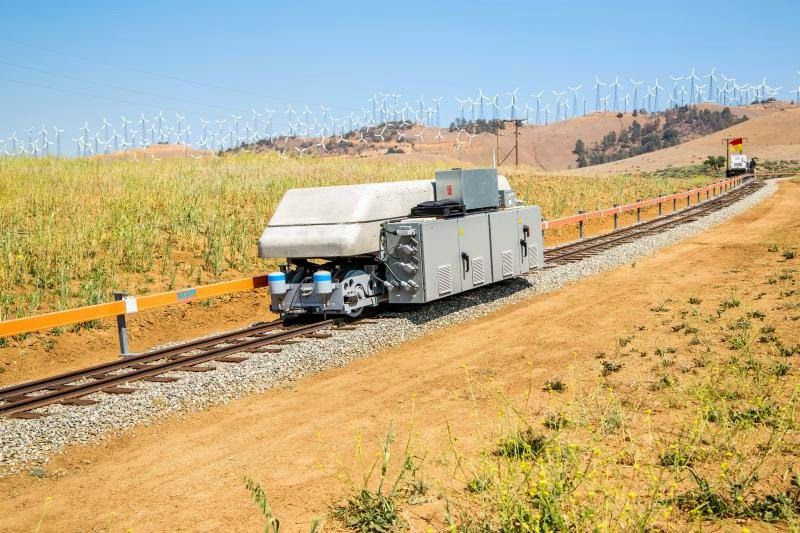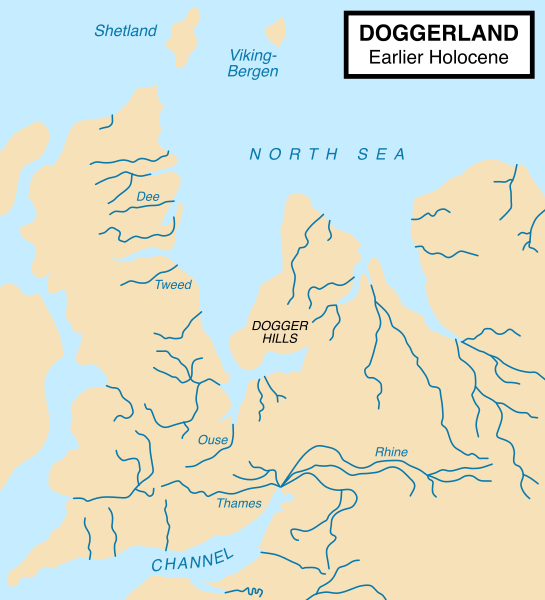Has anyone done a study of the cost of defending against sea level increases? ...
Unfortunately at this point it's quite likely we'll have to do both. ...
IPCC says (most people ignore this) that we are going to get sea level rises that we will need to adapt to even if we dropped fossil fuel like a rock, overnight. The small steps we are taking, even if we stepped them up considerably, just aren't going to change things much - maybe just delay the inevitable by 20 years or so, so we still need to adapt, just have a little more time.
Something like 40% of the sea level rise has nothing to do with our energy choices, it is (and I didn't believe this until I checked it out), it is from humans pumping water out of the ground, which finds its way to the sea.
Source found for missing water in sea-level rise : Nature News & Comment
A team of researchers reports in Nature Geoscience that land-based water storage could account for 0.77 millimetres per year, or 42%, of the observed sea-level rise between 1961 and 2003. Of that amount, the extraction of groundwater for irrigation and home and industrial use, with subsequent run-off to rivers and eventually to the oceans, represents the bulk of the contribution.
Our electricity provider is a small rural cooperative. Almost 60% of our co-op's power comes from burning methane from a nearby landfill to generate electricity and costs 5.47c/kwh. I don't understand why we don't do more of this... the fuel is free and in many areas they just burn off the methane from landfills anyway.
I also don't understand why we do do more underwater river turbines.... unlike wind and solar, rivers flow 24/7... they would not be visible unlike unsightly wind and solar farms...
Powering the Future: Underwater turbines harness river power - CBS News
We should be capturing more methane, not only does it provide energy, but it is converted to CO2 which is less potent of a GHG gas than methane. I don't know why more of this isn't done, I'm guessing the cost (design, build, license) per kWh is high? Each one is probably pretty small scale, so lots of fixed costs per installation?
Run of the river sounds nice, but I've researched it and there are not many places that we can really capture much energy. But I like diversification, so we should look into it where it can work out. But it won't make dent in energy overall.
I suspect you're right about the costs here. The company promoting this idea doesn't provide cost estimates and only says that it's "life cycle cost is less expensive than battery technology." I think that's a fancy way of saying "we cost more than batteries but once installed it lasts for 40 years."
I'm afraid so. Even their demo takes 100 acres and 5.5 miles of track (I didn't see them list how many cars?), and at an 8 degree slope, that's a ~ 4000' rise, not feasible across the plains. And that provides 12.5 MWh storage - less than one minute of output of a typical 800 MW coal plant (we have ~ 20 that size in IL). So to store
one day's solar/wind output to provide the equivalent of
one coal plant would require something like 144,000 acres (225 sq miles) and almost 8,000 miles of track (and who knows how many rail cars/engines?). There is likely some economy of scale to that demo, but still. And we can go longer than one day with very low sun/wind, and that would still cover just ~ 1 out of 20 coal plants in IL.
... I don't know much about sea levels, but spending money on infrastructure contributes to higher growth.
Not sure it works quite like that.
Investing money on upgrading or non-existent infrastructure can promote growth by opening up new opportunities in that area (goods and services can now move efficiently where they couldn't before). But just spending on infrastructure (repairs, etc), is just a cost. Otherwise, we could get growth by just tearing up perfectly good roads and spending money fixing them. If a hurricane destroys infrastructure, I don't think people see that as a good way to fuel economic growth - it came about only through destruction of old infrastructure. Same with any climate change destruction - it's a cost, not a growth story.
-ERD50


